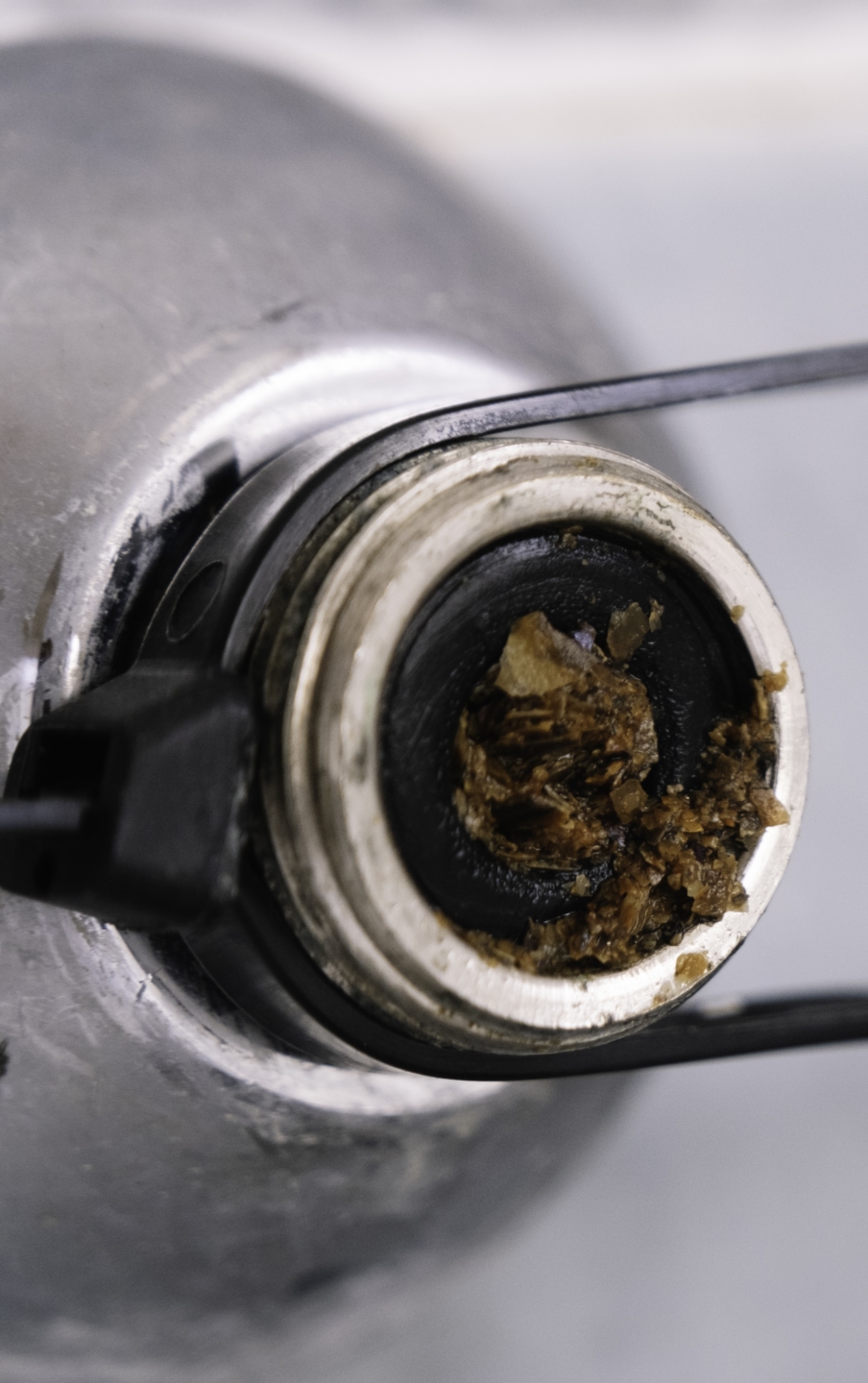Tree root infiltration is a significant concern for homeowners in Neosho, Missouri, and throughout the Four States region. Understanding how tree roots interact with sewer lines, the associated risks, and effective prevention strategies is crucial for maintaining the integrity of sewer systems.
This knowledge can help protect your property and prevent costly repairs. Today's blog provides essential information about tree root infiltration and how to protect your home's sewer system, empowering you to take control of your property's maintenance.
What Is Tree Root Infiltration?
Tree root infiltration occurs when roots from nearby trees grow into sewer pipes through small cracks, joints, or openings in the line. Once inside, the roots thrive on the moisture and nutrients, often expanding and causing blockages or even pipe breakage. Older sewer systems, especially those with clay or concrete pipes, are particularly vulnerable to this issue.
Why Are Sewer Lines at Risk?
Sewer lines are attractive to tree roots because they contain water, nutrients, and oxygen—all essential for root growth. Even a tiny leak or gap in a pipe can release enough moisture to attract roots, which will then exploit the weakness and grow inside the pipe. Over time, a tree root mass can clog the pipe, slow drainage, and lead to backups or overflows in your home.
Signs of Tree Root Infiltration
Homeowners should watch for several warning signs that may indicate tree root infiltration:
- Frequent, unexplained clogs in toilets or drains
- Slow-draining sinks, tubs, or showers
- Gurgling sounds from plumbing fixtures
- Sewage odors in the yard or basement
- Wet spots or lush patches of grass above the sewer line
If you notice any of these issues, it's wise to have your sewer line inspected as soon as possible.
Preventing Tree Root Problems
The most effective approach to avoiding tree root infiltration and associated repair costs is prevention. Consider these strategies:
- Know the location of your sewer lines before planting trees or shrubs to prevent potential issues.
- Plant trees and large shrubs at a minimum of 10 feet from sewer lines.
- Choose slow-growing, less aggressive species for areas near pipes.
- Avoid planting known problem species, such as willow, poplar, and birch, near sewer lines.
- Schedule regular maintenance and routine inspections of your sewer system to identify and address problems early.
What to Do If You Suspect Tree Root Infiltration
If you suspect a tree root has invaded your sewer line, remember that prompt action is essential to avoid further damage. Contact a professional sewer and drain service provider, such as Spring River Drain and Sewer, to have your sewer lines inspected promptly.
Mechanical root removal, chemical treatments, or pipe repair may be necessary, depending on the severity of the root infiltration. Rest assured, with professional intervention, you can minimize property damage and health risks, keeping your property safe and secure.
Key Takeaways:
- Tree root infiltration is a principal cause of sewer blockages and can result in costly repairs.
- Older clay or concrete pipes are most susceptible to damage from tree roots.
- Preventive landscaping and regular inspections are crucial for protecting your sewer system.
- Early detection and professional intervention can minimize property damage and health risks.
- Choosing the right plants and maintaining an optimal distance from sewer lines will significantly reduce the risk of infiltration.
Protect your home and your investment by staying vigilant about tree root infiltration. For expert help in Neosho and the surrounding area, trust Spring River Drain and Sewer to keep your pipes clear and your property safe.
